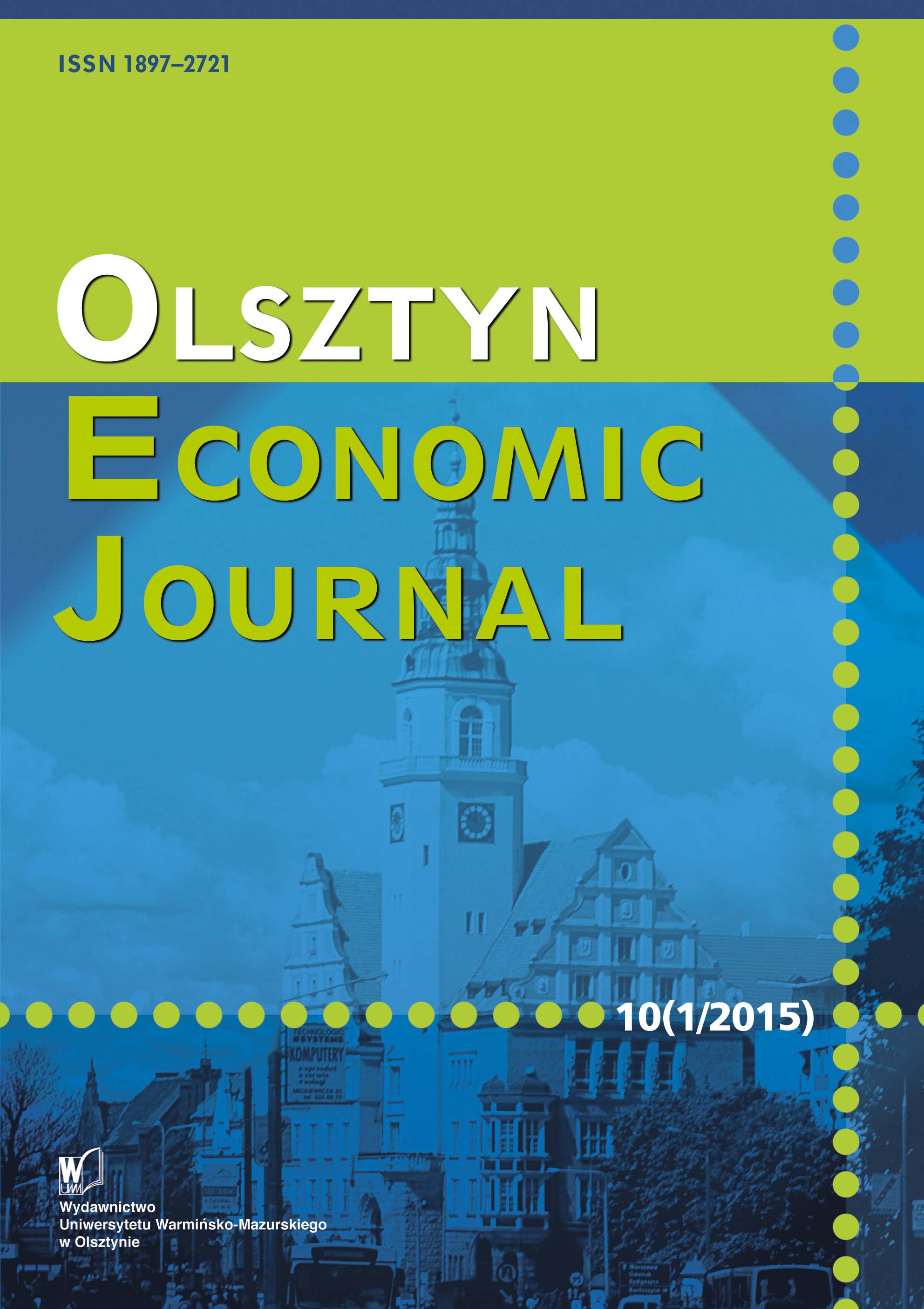The European Union Transport Policy and their Consequences for the Infrastructure Development in Poland in 2014-2020. Part II
The European Union Transport Policy and their Consequences for the Infrastructure Development in Poland in 2014-2020. Part II
Author(s): Wacław SzymanowskiSubject(s): Economy, National Economy
Published by: Wydawnictwo Uniwersytetu Warmińsko-Mazurskiego w Olsztynie
Keywords: transport infrastructure; EU Common Transport Policy; Transport Policy options
Summary/Abstract: In part I of the paper discussed the evolution of the objectives of the COMMON TRANSPORT POLICY over the last 20 years, of a major impact on the level of spatial cohesion achieved, and ensuring competitive, reliable, safe and environmentally friendly transport opportunities. On that basis, dilemmas regarding the outcomes of their implementation after 2020 until 2050 are analyzed. 3 options for policy outcomes are formulated: POLICY OPTION I suggesting the pursuit of the applicable policy, i.e. the completion of the construction of the motorway network in Poland, with possible difficulties for the State budget. POLICY OPTION II assumes that there will be a shift of some road traffic onto rail following the launch of an adequate fee and toll policy, decreasing theburden placed on car transportation. Finally, POLICY OPTION III delineates the perspective of a sustainable and durable transport development thanks to appropriate allocations of funds, and, in consequence, an improved competitiveness of national traffic and the completion of the construction of motorway infrastructure. The choice of policy option may have dramatic implications as to Poland’s ability to manage its development opportunities ahead.
Journal: Olsztyn Economic Journal
- Issue Year: 10/2015
- Issue No: 1
- Page Range: 73-84
- Page Count: 12
- Language: English

